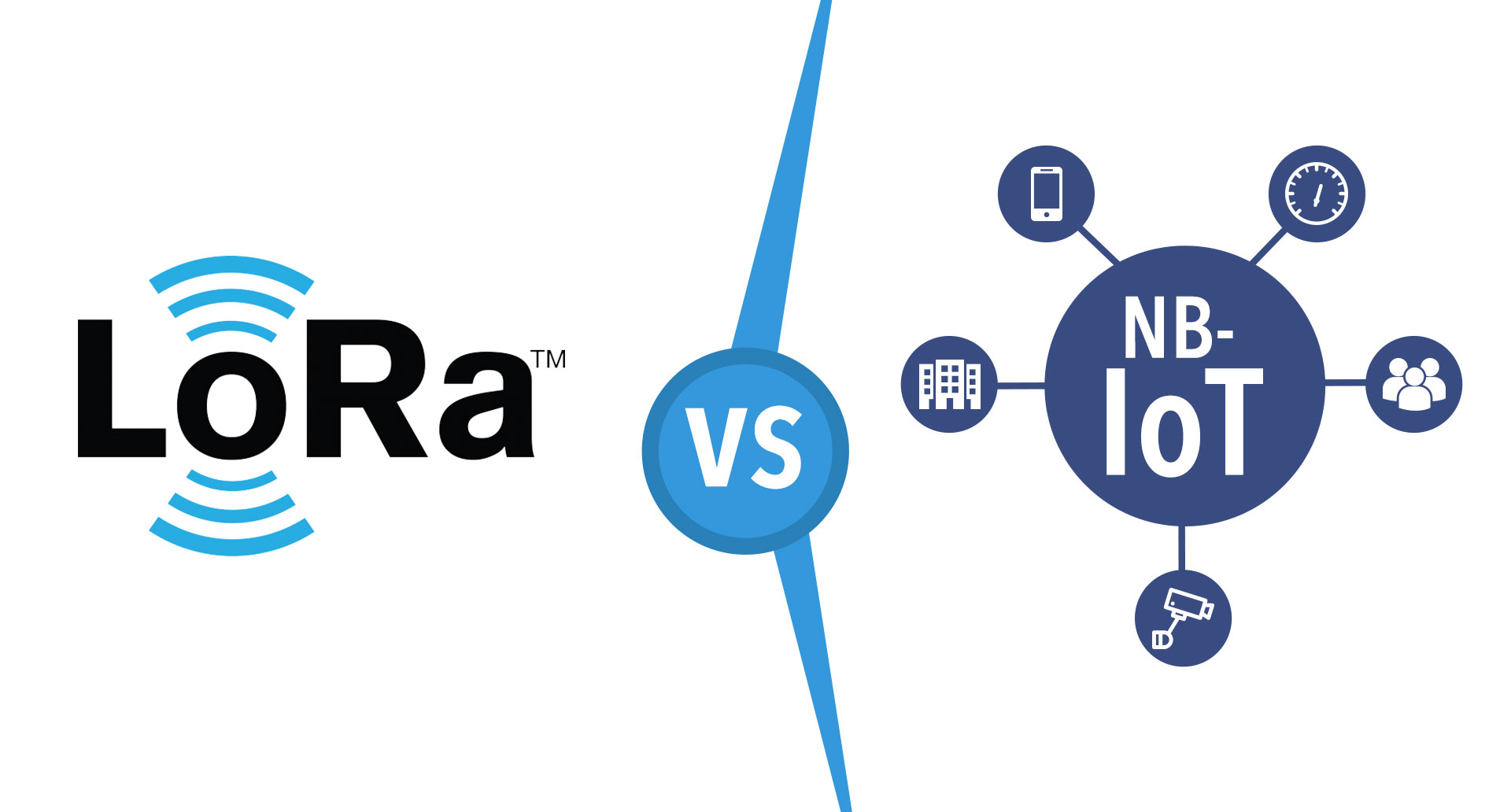Unlicensed IoT Tech Speeding Ahead LTE-M And NB-IoT
“Sigfox, a communications technology company in IoT, is the parent of the market and surpassed competing mobile operators in terms of technology,” says ABI Research.
This morning during a briefing release, a consultant said, “By 2017, SIGFOX had majority shares of public Low Powered Wide Area around the world, with mover benefit in Europe.”
The research team also mentioned that private LPWA networks built by IoT clients without mobile networks attributed for 93% of connections in 2017.
This is bad news for the mobile network operators, who have their IoT connectivity hopes on LTE-M and NB-IoT specs. Both operate on the licensed spectrum, while the private networks that use standards such as Sigfox and its LoRaWAN competitor, utilize unlicensed band, depending on the low possibility of intervention to keep up quality service.
According to ABI, LoRa itself witnessed a spur of 54% compared to the previous year. Although the consultants do not release exact figures, this increase in popularity in China explains why it is estimated that 40 Chinese cities have launched LoRa to use such as parking sensors, smart meters, and air quality sensors. Those who want to know more must register for a full report.
The consultants also said that smart meters will experience a compound annual growth rate of 53% in the coming years till 2023. This growth expectation of IoT technology along with others may or may not occur, as mobile operators still promise a lot and offer little to the NB-IoT and LTE-M, even with the promise of 5G built-in support for IoT connectivity.
At another part of the world, British telecom giant, O2 has announced that it will be beta testing the 3GPP-compatible IoT connectivity tech in the UK soon in this year. It is the first company to declare it publicly.




